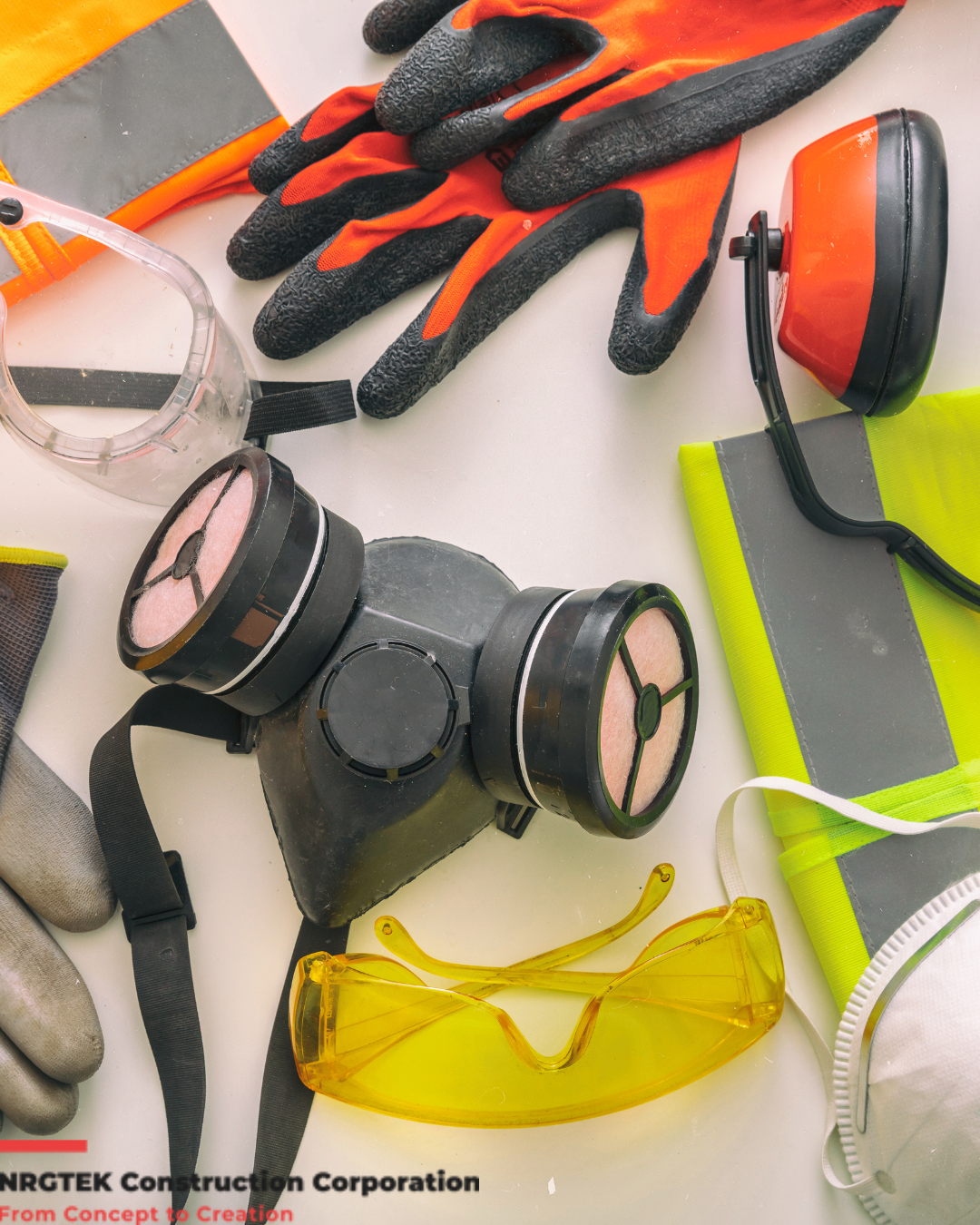
Fire safety in construction isn’t just a best practice—it’s a legal requirement that protects workers, future occupants, and the broader community. In British Columbia (BC), construction projects are subject to strict fire safety standards, which are continually updated to reflect modern building techniques, materials, and technologies.
Whether you’re a developer, contractor, or property owner, understanding these regulations is crucial to ensuring your project is compliant and safe from the ground up.
The Importance of Fire Safety in Construction
During construction, buildings are particularly vulnerable to fire. Incomplete structures often lack fire suppression systems, electrical wiring may be temporary or exposed, and flammable materials are commonly stored on-site. This makes early-phase construction sites a high-risk environment.
To address this, BC’s fire safety standards are designed to reduce risks, establish clear responsibilities, and ensure adequate emergency response in case of an incident.
Key Fire Safety Requirements in BC
Here are some core aspects of BC’s fire safety regulations in construction:
1. Fire Safety Plans (FSPs)
A Fire Safety Plan is mandatory for most construction sites in BC. It outlines procedures for:
- Fire prevention during construction
- Emergency evacuation protocols
- Fire department access
- Location of fire extinguishers and equipment
FSPs must be approved by the local fire department and updated as the project progresses.
2. Temporary Fire Protection Measures
Before permanent fire protection systems are installed, temporary measures must be in place. These might include:
- Portable fire extinguishers
- Temporary fire alarms
- Fire watches are conducted during high-risk activities, such as hot work (welding, cutting, etc.).
3. Hot Work Safety
Hot work is a leading cause of construction site fires. In BC, contractors must follow strict guidelines such as:
- Obtaining hot work permits
- Designating fire watches
- Keeping flammable materials at a safe distance
4. Access for Emergency Responders
Clear access routes for emergency vehicles must be maintained at all times. This includes:
- Unobstructed fire lanes
- Proper signage
- Adequate water supply (hydrants or temporary tanks)
5. Training and Supervision
All workers must be aware of fire safety protocols. Supervisors are responsible for enforcing compliance and ensuring that safety training is up to date.
Compliance and Inspection
Municipal fire inspectors and safety officers conduct regular site visits to ensure that fire safety regulations are being followed. Non-compliance can result in fines, project delays, or even shutdowns. Staying proactive not only keeps your project on track but can also save lives.
Building a Safer BC—One Project at a Time
At NRGTEK Construction, we understand that fire safety isn’t just a checkbox—it’s a cornerstone of responsible building. We work closely with clients, inspectors, and safety consultants to ensure every project meets or exceeds BC’s fire safety standards from planning through completion.
Have a project in mind or questions about fire safety compliance? Contact us today to learn how we can help keep your site safe and your project running smoothly. All our contact information can be found on our website.










